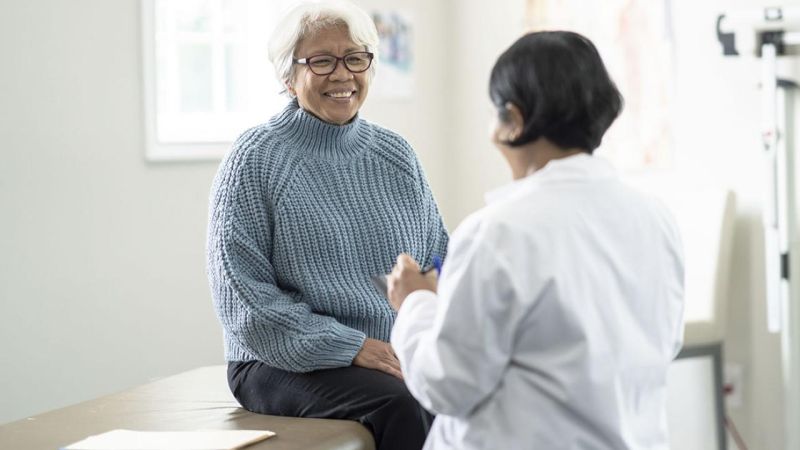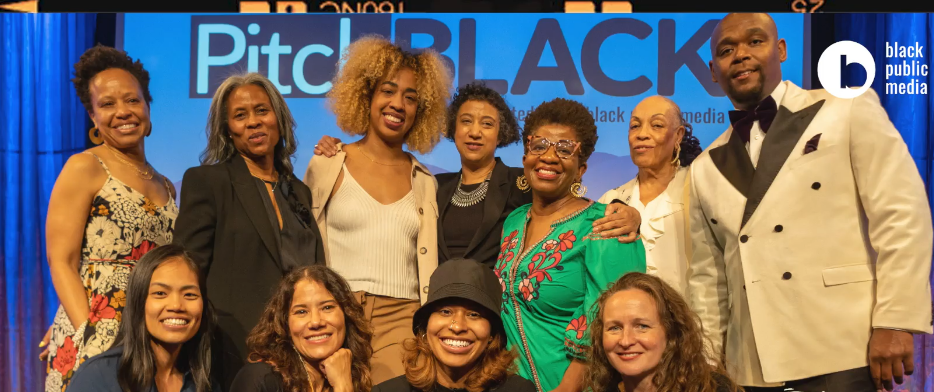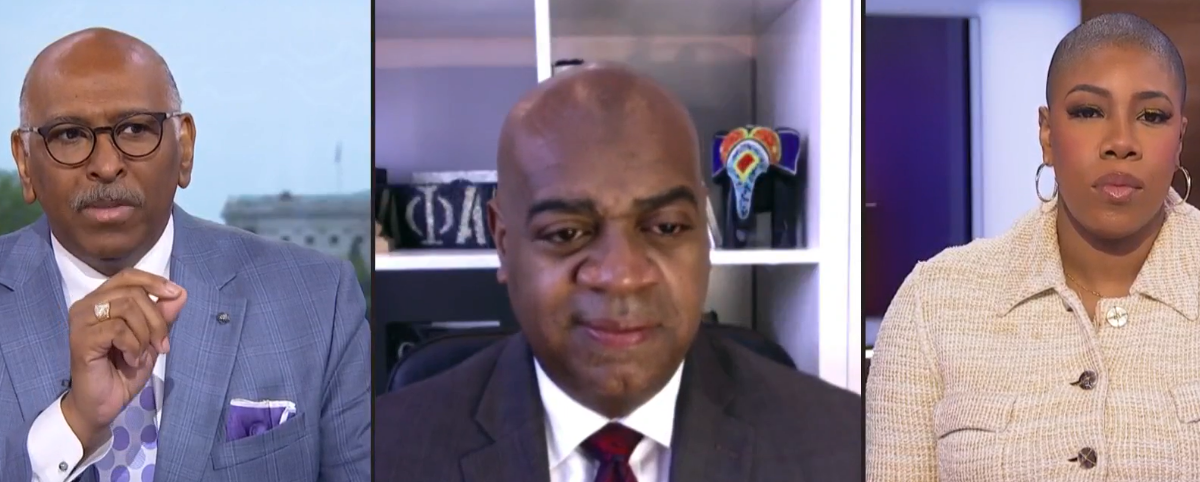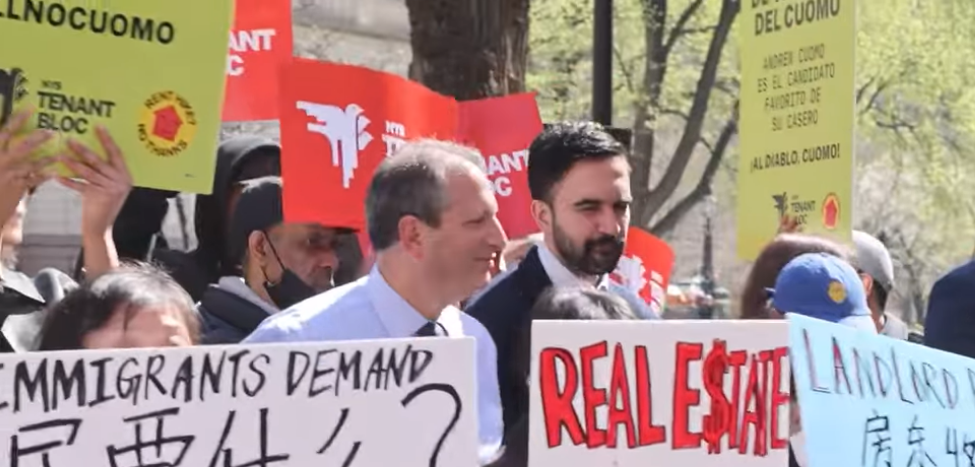Photos: Andrew W. Mellon Foundation
The Andrew W. Mellon Foundation Thursday announced details for Creatives Rebuild New York (CRNY), a three-year, $125 million initiative to reactivate New York State’s creative economy and secure the future of its artists.
Part of the state-led recovery plan for New York, CRNY is a two-part workforce initiative that will provide artists with either full-time employment opportunities or guaranteed income to remedy the devastating economic impact of the COVID-19 pandemic.
CRNY was launched to catalyze a national movement of broad-based employment programs to put artists back to work and to help communities understand the many ways that artists contribute—as culture-bearers, changemakers, and teachers. The initiative is being funded by the Mellon Foundation with additional support provided by the Ford Foundation and the Stavros Niarchos Foundation (SNF).
“The artists whose work helps to sustain us have faced particularly devastating circumstances resulting from unemployment, underemployment, and a lack of predictable paid incomes,” said Elizabeth Alexander, President of the Andrew W. Mellon Foundation. “As we look to emerge from this pandemic, it’s critical for the vibrancy of our cities that we recognize that making art is work, and artists are among our nation’s most dedicated and necessary drivers of our economy. We are thrilled that the Ford and Stavros Niarchos Foundations are joining with us to provide artists with the income and stability they need to continue their creative practices as the state rebuilds.”
New York’s arts and culture sector typically generates around $120 billion for the state and accounts for nearly half a million jobs. Due to the COVID-19 pandemic, the state has lost 50 percent of its performing arts jobs, and in New York City the figure climbs to 72 percent—the sharpest losses of any industry. Along with individual artists, arts and cultural organizations have also been devastated, with many forced to eliminate staff positions—often held by practicing artists—radically reduce budgets, cut programs, and draw on limited cash reserves to maintain minimal operations.
Through its two-part workforce initiative, CRNY seeks to alleviate artist unemployment and under-employment, support creative work done in partnership with local arts and cultural organizations, and enable artists to remain in New York State under less financial strain. The initiative’s guaranteed income program will provide monthly, no-strings-attached payments to up to 2,400 artists with financial need. Under its employment program, funding will be provided for 300 artists to be employed in full-time, salaried positions, with benefits, by dozens of small-to-midsize community arts organizations statewide. Artists will serve as critical partners in the design and implementation of the guaranteed income pilot and the employment program. On July 1, 2021, a CRNY advisory board will be announced and will include artists, policymakers, researchers, and nonprofit leaders; details about the funding process will be released on August 31, 2021.
“CRNY is a direct response to the complex and unique employment realities faced by artists including the challenges of persistent artist underemployment. These funds will address the financial hardship and combat systemic inequities that have long plagued the sector,” said Emil J. Kang, Program Director for Arts and Culture at the Mellon Foundation. “This is particularly the case for those artists serving small-to-midsized organizations, often led by and serving BIPOC communities.”
Arts administrator Sarah Calderon will lead the CRNY launch. Most recently, Calderon served as the managing director of ArtPlace America, where she led strategy, finance and operations, management, and grantmaking for higher education. Previously, she served as executive director of Casita Maria Center for Arts & Education in The Bronx, and was the founder of Stickball Printmedia Arts, a printmaking and digital arts organization for youth in East Harlem. Calderon has also worked for the NYC Department of Education collecting, analyzing, and reporting data on arts education efforts and has worked as a teaching artist in Chicago, Oakland, and New York.
“Artists need and deserve to be paid predictable and regular incomes. They are agents of social change, strengthening equitable, healthy, and sustainable communities,” said Calderon. “By designing an artist-centered initiative and evaluating its impact, we can better determine how to ensure artists are represented as national workforce policies are developed.”
To learn more about Creatives Rebuild New York, please visit: CreativesRebuildNY.org. Queries regarding the initiative may be directed to creativesrebuildNY@mellon.org.








